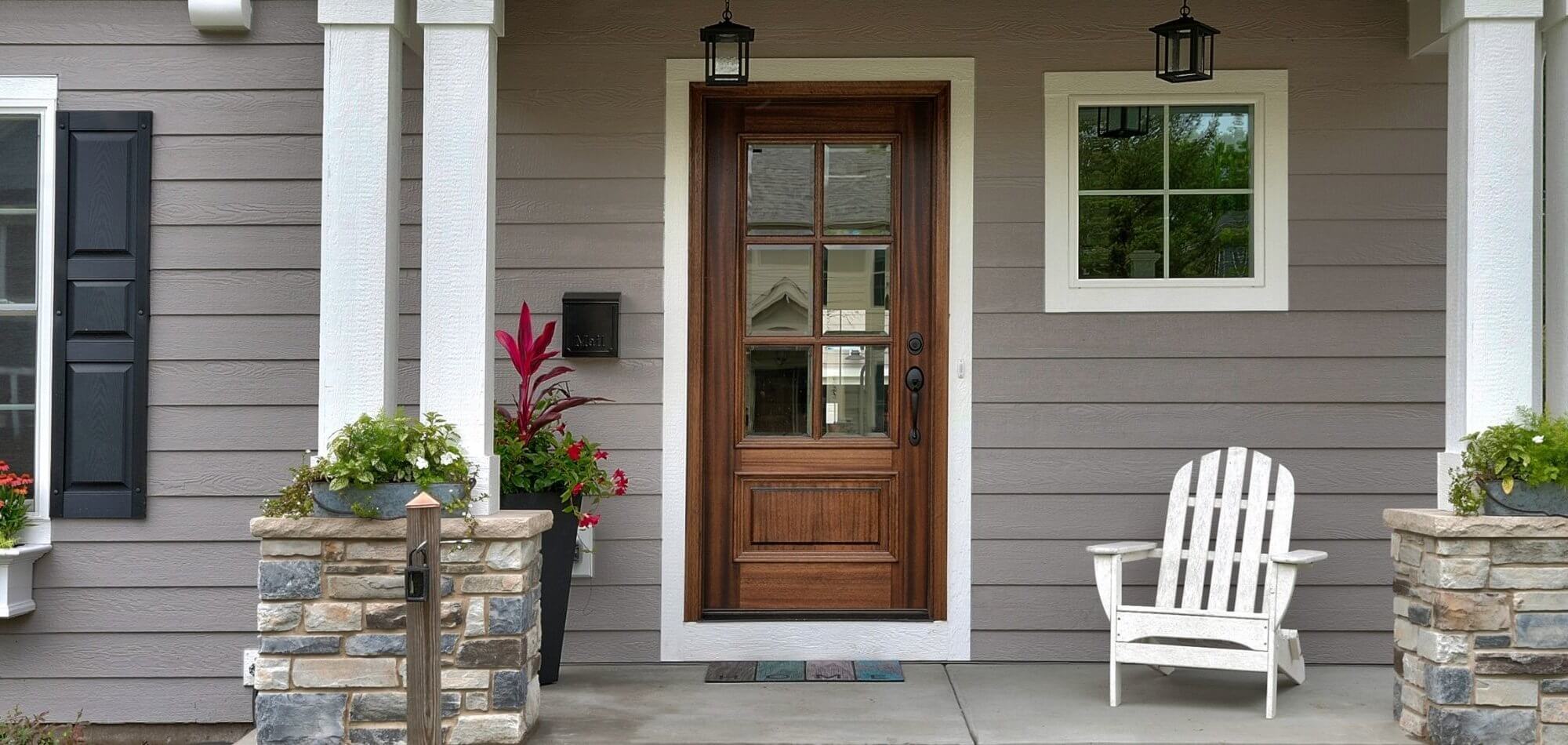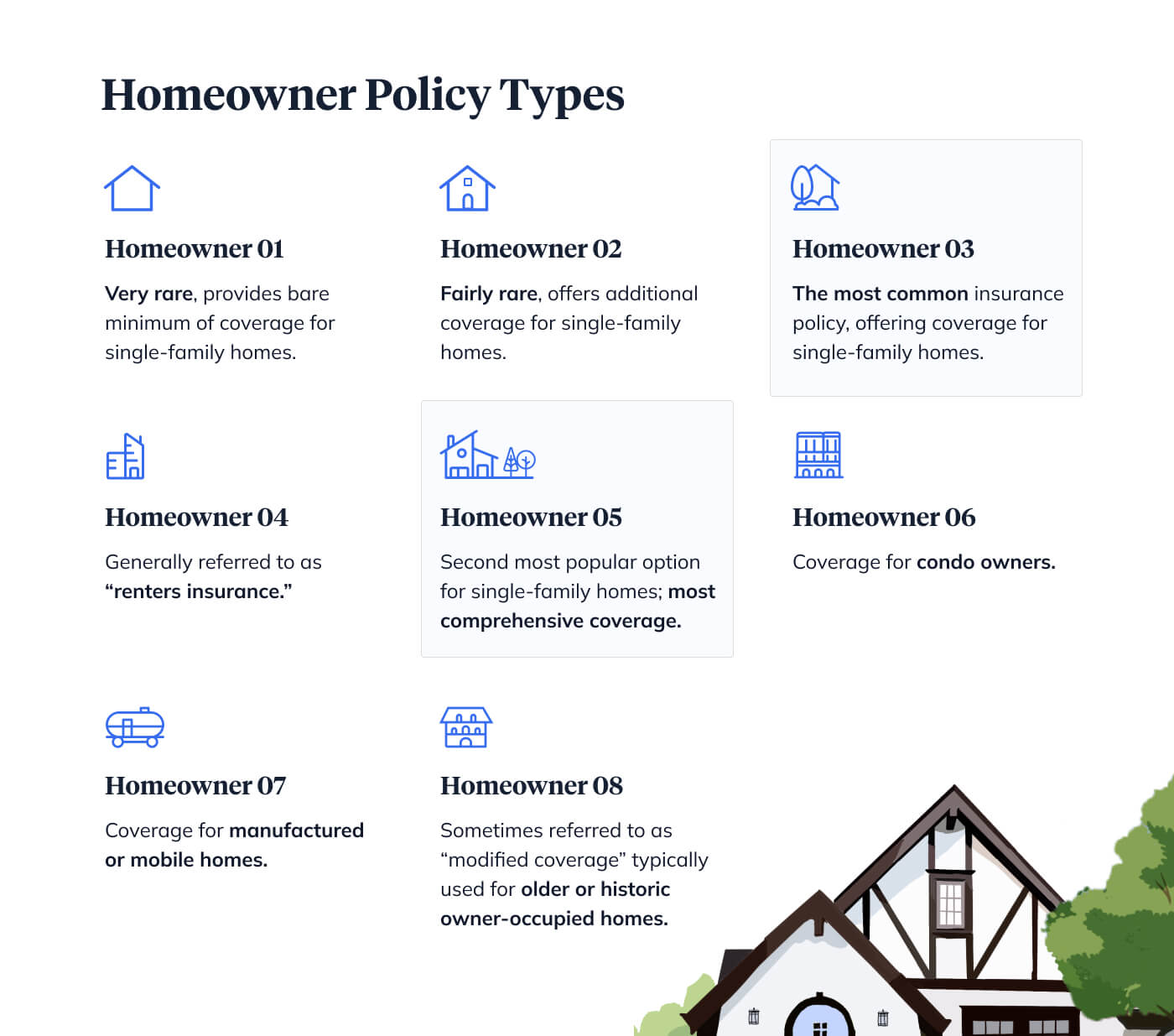If it’s viable for you, bringing your side gig to the next level can be a great idea for several reasons. Not only do you have the chance to put more time and energy toward a beloved passion project, but it can help you bring in some extra cash until you are financially secure enough to make a go of it full time. However, there are some things to keep in mind if you’re ready to leave your nine-to-five job behind and take your side gig full time.
What is a Side Hustle?
Simply put, a side hustle is an interest or hobby outside of your primary job that you use to bring in extra income. These run the gamut from knitting and crocheting to dog walking, baking, or tutoring. Side hustles have become increasingly popular in recent years, and artists and creators have turned to many online marketplaces like Etsy and Society6 to showcase and sell their work to a global audience.
Ask Yourself the Important Questions
Before you dive in headfirst and dedicate yourself to expanding your gig, you should make sure it’s worth the effort and has a chance of success. Some questions to ask yourself include:
- Do you have enough leads and sales?
- Do a sufficient amount of your leads convert into sales?
- Is your business profitable (or does it have the potential to be?)
- Can you scale successfully to reach your desired income level?
- Look at your growth over time — specifically the last six months, to see if your side hustle is showing signs of long-term sustainable growth.
- If you haven’t already and are able to, consider testing out your business on a small scale, like running an Etsy store or freelancing on Upwork to gauge demand.
Prepare for the Time Commitment — and the Extra Costs
Starting any business is difficult — and when you’re growing your side hustle while still working a full-time job, it might feel like you have two 9-5s. This is common and expected as you grow your new business, but that doesn’t mean it will be easy. It’s important to make sure you’re completely dedicated to pursuing this venture and ready to put the time and effort toward making it happen.
There are financial considerations to take into account as well — namely, how you’ll handle any benefits you may have been receiving from your full-time job, like health insurance and 401Ks/retirement funds, and the amount of extra money you may need to spend for things like gas or vehicle maintenance.
To get a sense of the cost of living you may have to maintain when going from working for a company to working for yourself, this calculator can help you determine the ideal income level based on your location. If you’re not particularly attached to your current area, consider the possibility of relocating and operating out of a lower-cost region.
Build Relationships…and Find a Mentor
Before you dive in head first, it can be incredibly helpful to tap the knowledge and insight of someone in the field who can advise you of the perks and pitfalls that come along with your particular industry.
Now is also a great time to attend networking events, reach out to virtual connections in your field, and get back in touch with past colleagues who may be able to provide guidance and support or refer you to resources and fellow professionals.
Create a Business Plan
If you’re ready to get serious about your side hustle, it pays off to create an official plan. Not only are business plans often required from financers and lenders to receive funding, but taking the time to consider your target audience, competitors, and product or service and go-to-market strategy will help set you up for success. This is also a good time to consider any potential lulls in income due to seasonality or geography and determine how you’ll account for these losses, if at all.
Standardize Processes and Procedures (and Automate Where You Can)
When you’re handling all of your operations by yourself, you have a bit more leeway with respect to how and when you organize and complete each task. However, as you scale and potentially hire employees to help you, consistency is key — and establishing clear rules and guidelines for new team members will help business stay on track while you grow.
Where possible, look at the critical processes that you might be able to automate with software as well. This will keep operations streamlined and save time otherwise spent training people, which can be especially valuable when you’re ramping things up.
Opt for Contractors Over Full-Time Employees (at First)
While it can be a bit more expensive to go this route, outsourcing contractors to begin with — even just one — is usually a better option than hiring full-time staff members for a few different reasons. It can save you time as you won’t have to train them, they typically specialize in one field, and it allows you to maintain a lean team until you absolutely need extra help. Eventually, if you reach a point where you are experiencing enough demand and bringing in enough revenue that you need to and can afford to bring on more employees full time, you can take that step more confidently.
Establish (or Expand) Your Web Presence for Your Business
No matter what type of business you have, creating a website is key to helping you build credibility and bring in more customers. It doesn’t have to be anything fancy — and today, many free website builders like Wix and Squarespace make it easy to get a simple site up and running. If you sell goods, consider integrating ecommerce capabilities through a platform like Shopify to let customers purchase directly through your site.
Are you a homeowner that could use some funding to get your side hustle up and running as a full-fledged business? Take our five-minute quiz to see if a Hometap Investment can help you tap into your equity to get funding for your current or future needs.
YOU SHOULD KNOW…
We do our best to make sure that the information in this post is as accurate as possible as of the date it is published, but things change quickly sometimes. Hometap does not endorse or monitor any linked websites. Individual situations differ, so consult your own finance, tax or legal professional to determine what makes sense for you.









